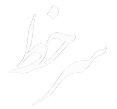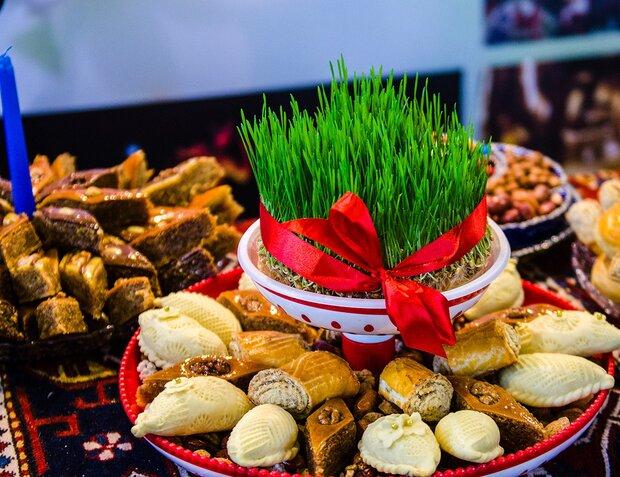Nowruz most cheerful, popular holiday in Azerbaijan
Nowruz (literally translated from Persian as ‘new day’), is celebrated on March 21 – when winter ends and spring begins. According to the solar calendar, it also marks a new year.
The origins of Nowruz stem from ancient Iranian culture, signifying the time when the sun enters the Vernal Equinox.
The first recording of Nowruz comes from a 2 A.D. Persian text, though many historians also believe that Nowruz traditions go all the way back to the days of the Achaemenid Empire.
The holiday is today widely celebrated in Iran, Azerbaijan, Kazakhstan, Turkmenistan, Afghanistan, and other Central and West Asian countries.
Reflecting a common history, cultural and moral values for almost all in the Caspian region, the 3000-year-old Nowruz holiday, is celebrated by millions in the Caspian region who welcome the arrival of Spring with ancient but still popular celebrations.
After Iran, Azerbaijan hosts the longest observance and number of public days related to Nowruz, with a total of 5 days from 20 March to 24.
When Azerbaijan was part of the Soviet Union, the celebration of Nowruz was generally unofficial and at times even prohibited, however, today, Nowruz is treated as an official public holiday and it can be considered as one of the most cheerful holidays in Azerbaijan.
Despite similarities across national boundaries, there are peculiar traditions specific to the various ethnicities found in the Caspian region. People of Azerbaijan are no exception to this and they have their own customs and traditions to greet spring.
"Charshanbas" celebrations in Azerbaijan:
Inspired by the rebirth of nature in spring, Nowruz celebrations in Azerbaijan are intertwined with four elements of nature including water, fire, earth, and wind.
In Azerbaijan, as a tradition, preparation for Nowruz begins a month prior to the festival.
Symbolizing the end of the old year and the beginning of the New year, the last four Wednesdays of winter leading to Nowruz are celebrated by Azerbaijanis which is called “Charshanbas”.
Water Wednesday, Fire Wednesday, Wind Wednesday, Earth Wednesday, are celebrated by Azerbaijani people so as to prepare themselves for spring arrival.
According to folk belief, the first Charshanba represents water and celebrates its purifying nature. The second Charshanba relates to the element of fire.
It is believed that the action of jumping over bonfires and lighting candles renews a person and purges them of illness, allowing them to start the spring with positivity.
The third Charshanba in Azerbaijani tradition represents wind, which brings the beginning of spring into the air.
In some western regions of Azerbaijan, the people call this day Black Wednesday in which supposed to visit and restore the graves of their relatives.
The fourth and last Charshanba represents earth, known as “Torpag Chershenbesi” or “Ilakhir Charshanba”.
It is believed that on this day nature revives again. Azerbaijanis consider this Charshanba as the most important among the four and hold special traditions related to this day.
Nowruz table cuisine:
Nowruz is a family holiday in Azerbaijan. In the evening before the holiday, entire families gather at home and sit around a table symbolizing that they have spent a year together.
Custom dictates that there should be seven varieties of food on the table and all of their names must start with the letter 's' in Azerbaijani, such as sumakh (a kind of spice), sud (milk), sirke (vinegar), Semeni (prepared from wheat).
The decoration of the festive table is known as Xoncha, a large silver or copper tray, in which Semeni, candles, and dyed eggs are placed.
Meanwhile, traditional sweets of the Azerbaijani cuisine, such as pakhlava, shekarbura, shorgogal, and badambura, are cooked and served at the festive table every year.
Also "govurgha" (toasted wheat) is mixed with nuts (mainly walnuts, hazelnuts, almonds, and chestnuts) and placed on the table along with other sweets.
There must be a mirror and burning candles on the festive table (mirror is the symbol of happiness and the light of the candle keeps the evil spirits away from the house).
XonchaNews source: Mehr News ![]()
Related news: Nowruz most cheerful, popular holiday in Azerbaijan
Copyright © 2001-2024 - Sarkhat.com - About Sarkhat - News Archive - جدول لیگ برتر ایران

